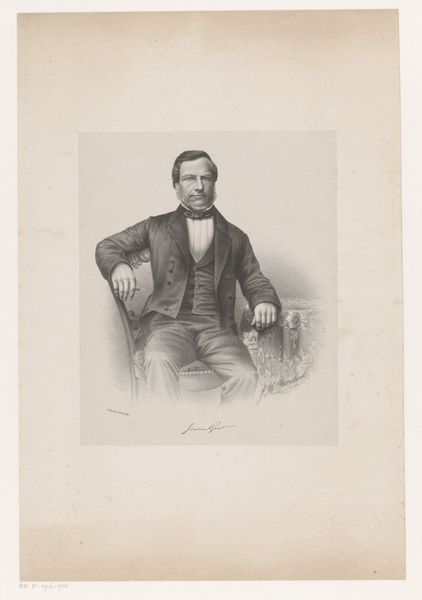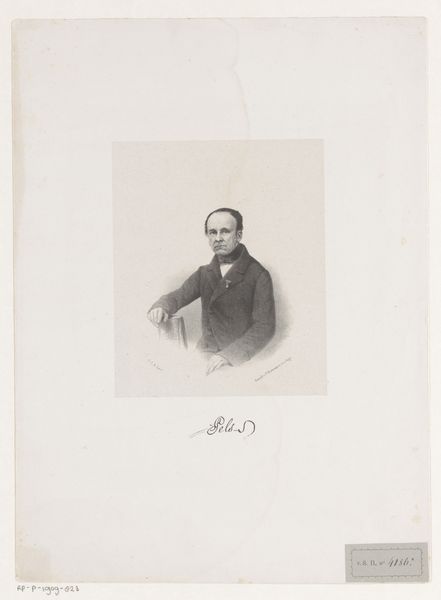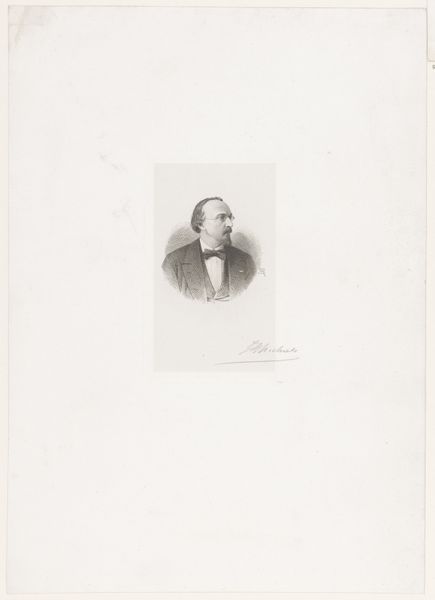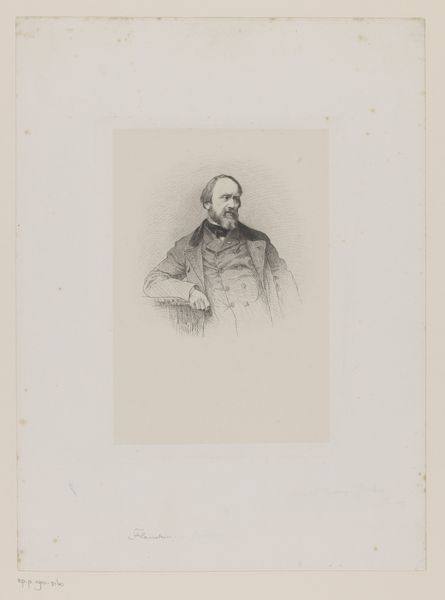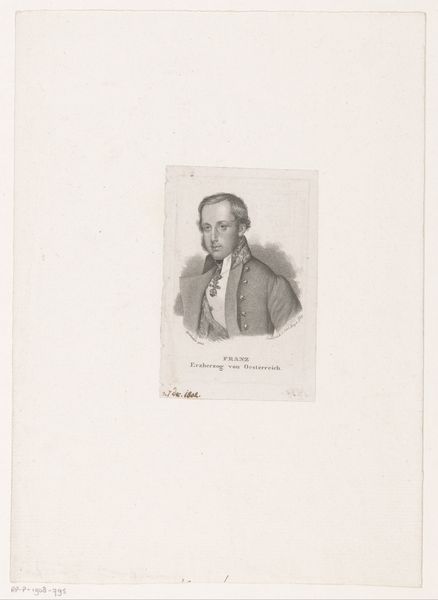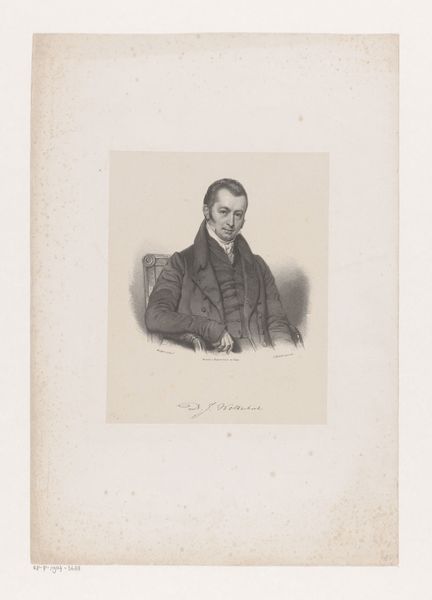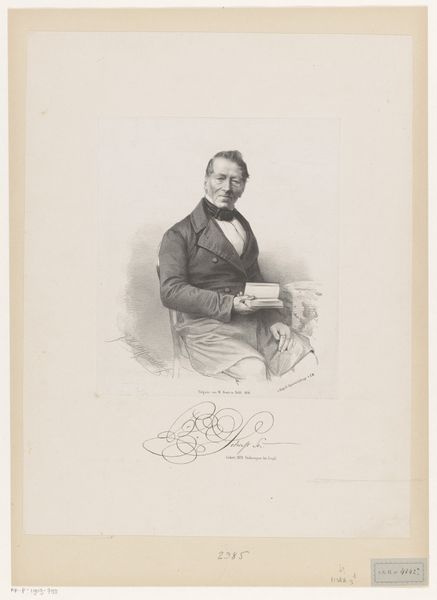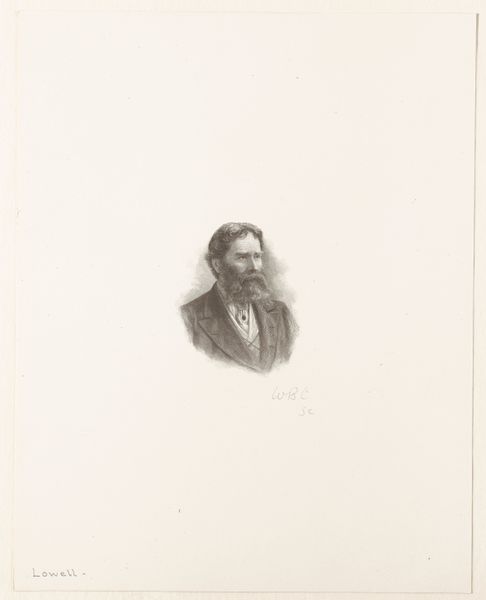
print, etching, paper
#
portrait
#
16_19th-century
# print
#
etching
#
paper
#
academic-art
#
realism
Dimensions: height 177 mm, width 125 mm
Copyright: Rijks Museum: Open Domain
Léopold Flameng etched this portrait of Count Charles-Marie Tanneguy Duchâtel. Observe the sitter's composed demeanor. It embodies the restrained elegance valued in the 19th century, yet it evokes the stoicism of Roman portraiture. Consider the pose of the Count’s hands. In antiquity, a similar gesture would signify power and control, seen in statues of emperors and philosophers. Look at the recurring symbol of the hand throughout art history—from the open hands of supplication in early Christian art to the Renaissance depictions of hands performing sacred acts. These hands, like those of Duchâtel, connect us to a collective memory, evoking authority. Such a motif, though secular here, still holds that profound, almost subconscious power, engaging us with a sense of timeless dignity. This emotional undercurrent transcends the Count's individual identity, touching upon broader themes of human presence. Notice how symbols evolve, resurfacing in unexpected contexts, each time infused with new meaning yet echoing the past.
Comments
No comments
Be the first to comment and join the conversation on the ultimate creative platform.



